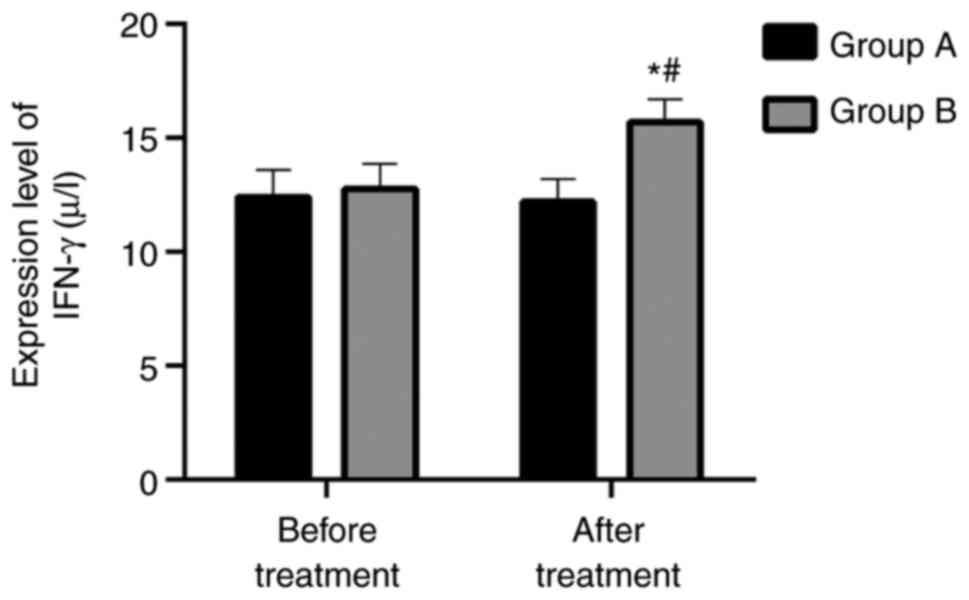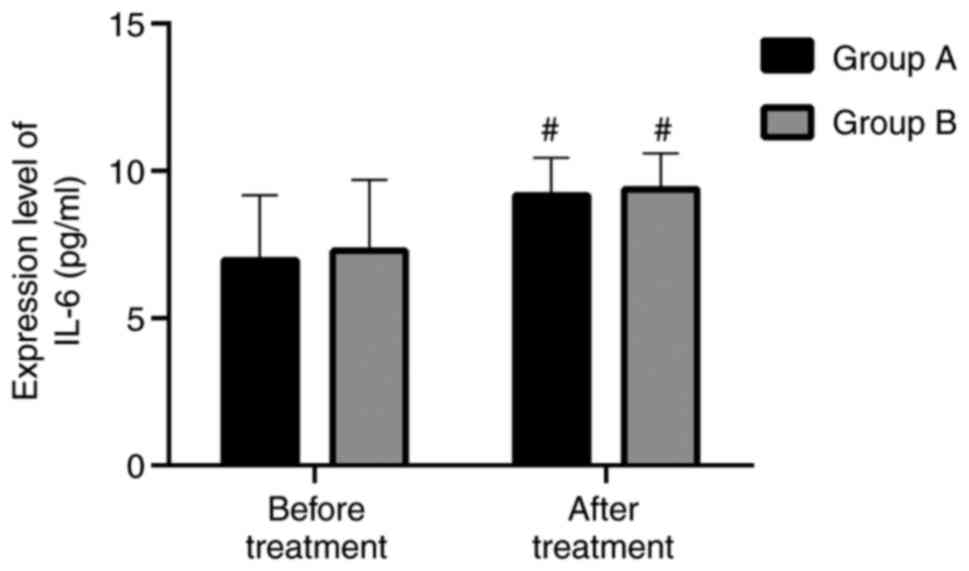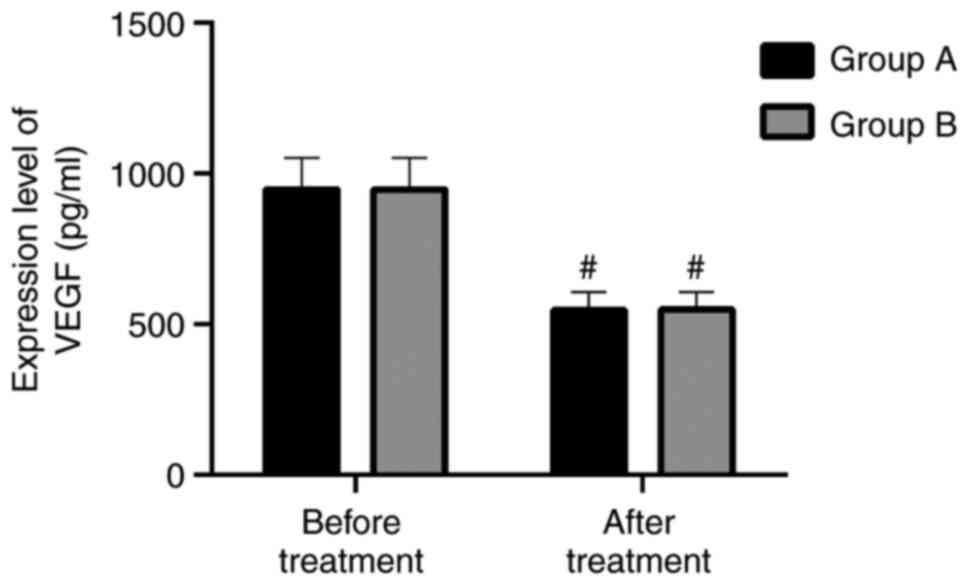|
1
|
Zepiridis LI, Grimbizis GF and Tarlatzis
BC: Infertility and uterine fibroids. Best Pract Res Clin Obstet
Gynaecol. 34:66–73. 2016.PubMed/NCBI View Article : Google Scholar
|
|
2
|
Grube M, Neis F, Brucker SY, Kommoss S,
Andress J, Weiss M, Hoffmann S, Taran FA and Krämer B: Uterine
fibroids-current trends and strategies. Surg Technol Int.
34:257–263. 2019.PubMed/NCBI
|
|
3
|
Sparić R: Uterine myomas in pregnancy,
childbirth and puerperium. Srp Arh Celok Lek. 142:118–124.
2014.PubMed/NCBI View Article : Google Scholar : (In Serbian).
|
|
4
|
Stewart EA, Cookson CL, Gandolfo RA and
Schulze-Rath R: Epidemiology of uterine fibroids: A systematic
review. BJOG. 124:1501–1512. 2017.PubMed/NCBI View Article : Google Scholar
|
|
5
|
Levast F, Legendre G, Bouet PE and
Sentilhes L: Management of uterine myomas during pregnancy. Gynecol
Obstet Fertil. 44:350–354. 2016.PubMed/NCBI View Article : Google Scholar : (In French).
|
|
6
|
De Vivo A, Mancuso A, Giacobbe A, Savasta
LM, De Dominici R, Dugo N, Dugo C and Vaiarelli A: Uterine myomas
during pregnancy: A longitudinal sonographic study. Ultrasound
Obstet Gynecol. 37:361–365. 2011.PubMed/NCBI View
Article : Google Scholar
|
|
7
|
Gil-Moreno A, Carbonell-Socias M, Salicrú
S, Bradbury M, García Á, Vergés R, Puig OP, Sánchez-Iglesias JL,
Cabrera-Díaz S, de la Torre J, et al: Nerve-sparing versus
non-nerve-sparing radical hysterectomy: Surgical and long-term
oncological outcomes. Oncotarget. 10:4598–4608. 2019.PubMed/NCBI View Article : Google Scholar
|
|
8
|
Mettler L, Schollmeyer T, Tinelli A,
Malvasi A and Alkatout I: Complications of uterine fibroids and
their management, surgical management of fibroids, laparoscopy and
hysteroscopy versus hysterectomy, haemorrhage, adhesions, and
complications. Obstet Gynecol Int. 2012(791248)2012.PubMed/NCBI View Article : Google Scholar
|
|
9
|
Venturella R, Rocca ML, Lico D, La Ferrera
N, Cirillo R, Gizzo S, Morelli M, Zupi E and Zullo F: In-bag manual
versus uncontained power morcellation for laparoscopic myomectomy:
Randomized controlled trial. Fertil Steril. 105:1369–1376.
2016.PubMed/NCBI View Article : Google Scholar
|
|
10
|
Rossetti A, Sizzi O, Soranna L, Cucinelli
F, Mancuso S and Lanzone A: Long-term results of laparoscopic
myomectomy: Recurrence rate in comparison with abdominal
myomectomy. Hum Reprod. 16:770–774. 2001.PubMed/NCBI View Article : Google Scholar
|
|
11
|
Fujimoto A, Morimoto C, Hosokawa Y and
Hasegawa A: Suturing method as a factor for uterine vascularity
after laparoscopic myomectomy. Eur J Obstet Gynecol Reprod Biol.
211:146–149. 2017.PubMed/NCBI View Article : Google Scholar
|
|
12
|
Solnik MJ and Munro MG: Indications and
alternatives to hysterectomy. Clin Obstet Gynecol. 57:14–42.
2014.PubMed/NCBI View Article : Google Scholar
|
|
13
|
Pointer JS: A novel visual analogue scale
(VAS) device: An instrument based on the VAS designed to quantify
the subjective visual experience. Ophthalmic Physiol Opt.
24:181–185. 2004.PubMed/NCBI View Article : Google Scholar
|
|
14
|
Chigbu B, Onwere S, Kamanu C, Aluka C,
Okoro O, Feyi-Waboso P and Onichakwe C: Lessons learned from the
outcome of bloodless emergency laparotomies on Jehovah's Witness
women presenting in the extremis with ruptured uterus. Arch Gynecol
Obstet. 279:469–472. 2009.PubMed/NCBI View Article : Google Scholar
|
|
15
|
Wu JL, Wang F, Liang X, Liang X, Xu CF and
Xin G: Effect of thoracoscopic esophagus cancer surgery on
postoperative incision pain as well as non-specific and specific
immune response. J Hainan Med University. 23:153–156. 2017.
|
|
16
|
Indar AA, Efron JE and Young-Fadok TM:
Laparoscopic ileal pouch-anal anastomosis reduces abdominal and
pelvic adhesions. Surg Endosc. 23:174–177. 2009.PubMed/NCBI View Article : Google Scholar
|
|
17
|
Ikhena DE and Bulun SE: Literature review
on the role of uterine fibroids in endometrial function. Reprod
Sci. 25:635–643. 2018.PubMed/NCBI View Article : Google Scholar
|
|
18
|
Sabry M and Al-Hendy A: Medical treatment
of uterine leiomyoma. Reprod Sci. 19:339–353. 2012.PubMed/NCBI View Article : Google Scholar
|
|
19
|
Conforti A, Mollo A, Alviggi C,
Tsimpanakos I, Strina I, Magos A and De Placido G: Techniques to
reduce blood loss during open myomectomy: A qualitative review of
literature. Eur J Obstet Gynecol Reprod Biol. 192:90–95.
2015.PubMed/NCBI View Article : Google Scholar
|
|
20
|
Clark NV, Wang KC, Opoku-Anane J,
Hill-Lydecker CI, Vitonis AF, Einarsson JI and Cohen SL: The
menstrual cycle and blood loss during laparoscopic myomectomy. Acta
Obstet Gynecol Scand. 96:1446–1452. 2017.PubMed/NCBI View Article : Google Scholar
|
|
21
|
Ji L, Jin L and Hu M: Laparoscopic
myomectomy with temporary bilateral uterine artery occlusion
compared with traditional surgery for uterine myomas: Blood loss
and recurrence. J Minim Invasive Gynecol. 25:434–439.
2018.PubMed/NCBI View Article : Google Scholar
|
|
22
|
Choi SH, Hong S, Kim M, Bae HS, Kim MK,
Kim ML, Jung YW, Yun BS and Seong SJ: Robotic-assisted laparoscopic
myomectomy: The feasibility in single-site system. Obstet Gynecol
Sci. 62:56–64. 2019.PubMed/NCBI View Article : Google Scholar
|
|
23
|
Chen I, Lisonkova S, Joseph KS, Williams
C, Yong P and Allaire C: Laparoscopic versus abdominal myomectomy:
Practice patterns and health care use in British Columbia. J Obstet
Gynaecol Can. 36:817–821. 2014.PubMed/NCBI View Article : Google Scholar
|
|
24
|
D'Silva EC, Muda AM, Safiee AI and Ghazali
WAHW: Five-Year lapsed: Review of laparoscopic myomectomy versus
open myomectomy in putrajaya hospital. Gynecol Minim Invasive Ther.
7:161–166. 2018.PubMed/NCBI View Article : Google Scholar
|
|
25
|
Tomasik P, Bomba-Opon D, Krupniewski L,
Palczewski P and Wielgos M: Evaluation of uterine myomas during
pregnancy using magnetic resonance imaging. Neuro Endocrinol Lett.
35:262–264. 2014.PubMed/NCBI
|
|
26
|
Bhave Chittawar P, Franik S, Pouwer AW and
Farquhar C: Minimally invasive surgical techniques versus open
myomectomy for uterine fibroids. Cochrane Database Syst Rev.
21(CD004638)2014.PubMed/NCBI View Article : Google Scholar
|
|
27
|
Ong SJ, Tang YZ and Shaida N: The role of
clinical radiology in the management of uterine fibroids. Br J Hosp
Med (Lond). 80:C66–C69. 2019.PubMed/NCBI View Article : Google Scholar
|
|
28
|
Sunkara SK, Khairy M, El-Toukhy T, Khalaf
Y and Coomarasamy A: The effect of intramural fibroids without
uterine cavity involvement on the outcome of IVF treatment: A
systematic review and meta-analysis. Hum Reprod. 25:418–429.
2010.PubMed/NCBI View Article : Google Scholar
|
|
29
|
Pakniat H, Soofizadeh N and Khezri MB:
Spontaneous uterine rupture after abdominal myomectomy at the
gestational age of 20 weeks in pregnancy: A case report. Int J
Reprod Biomed. 14:483–486. 2016.PubMed/NCBI
|
|
30
|
Koo YJ, Lee JK, Lee YK, Kwak DW, Lee IH,
Lim KT, Lee KH and Kim TJ: Pregnancy outcomes and risk factors for
uterine rupture after laparoscopic myomectomy: A single-center
experience and literature review. J Minim Invasive Gynecol.
22:1022–1028. 2015.PubMed/NCBI View Article : Google Scholar
|
|
31
|
Shen Q, Chen M, Wang Y, Zhou Q, Tao X,
Zhang W and Zhu X: Effects of laparoscopic versus minilaparotomic
myomectomy on uterine leiomyoma: A meta-analysis. J Minim Invasive
Gynecol. 22:177–184. 2015.PubMed/NCBI View Article : Google Scholar
|
|
32
|
Sheyn D, Bretschnieder CE, Mahajan ST,
El-Nashar S, Billow M and Ninivaggio CS: Comparison of 30-day
complication between myomectomy and total hysterectomy for the
treatment of uterine fibroids in women older than age 40. J Minim
Invasive Gynecol. 26:1076–1082. 2019.PubMed/NCBI View Article : Google Scholar
|
|
33
|
Lohle PNM, Higué D and Herbreteau D:
Uterine artery embolisation in women with symptomatic uterine
fibroids. Presse Med. 48:440–446. 2019.PubMed/NCBI View Article : Google Scholar
|
|
34
|
Kotani Y, Tobiume T, Fujishima R, Shigeta
M, Takaya H, Nakai H, Suzuki A, Tsuji I, Mandai M and Matsumura N:
Recurrence of uterine myoma after myomectomy: Open myomectomy
versus laparoscopic myomectomy. J Obstet Gynaecol Res. 44:298–302.
2018.PubMed/NCBI View Article : Google Scholar
|
|
35
|
Rogers TS and Bieck AM: Management of
uterine fibroids. Am Fam Physician. 99:330–333. 2019.PubMed/NCBI
|
|
36
|
Gueli Alletti S, Vizzielli G, Lafuenti L,
Costantini B, Fagotti A, Fedele C, Cianci S, Perrone E, Gallotta V,
Rossitto C and Scambia G: Single-institution propensity-matched
study to evaluate the psychological effect of minimally invasive
interval debulking surgery versus standard laparotomic treatment:
From body to mind and back. J Minim Invasive Gynecol. 25:816–822.
2018.PubMed/NCBI View Article : Google Scholar
|

















